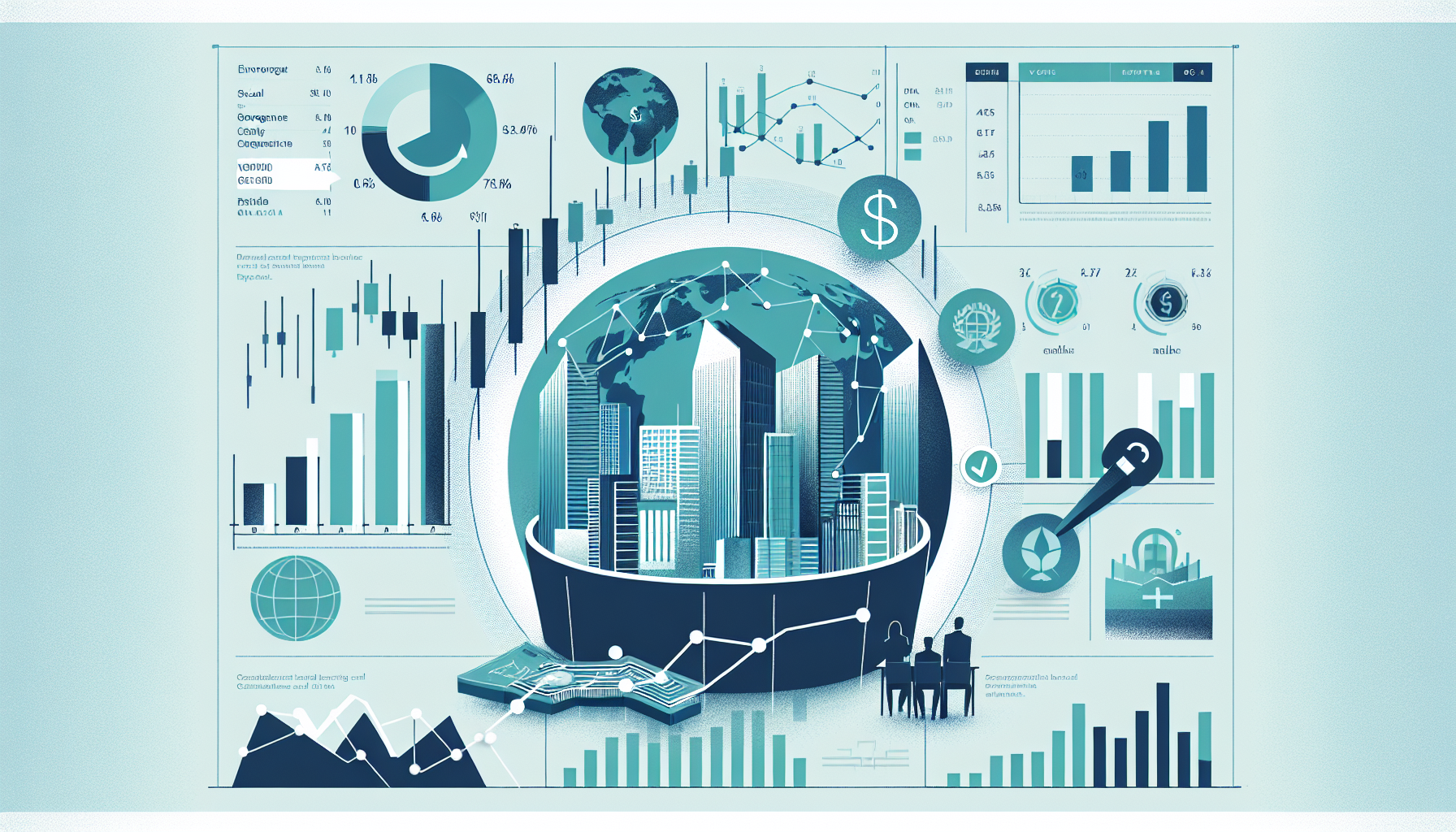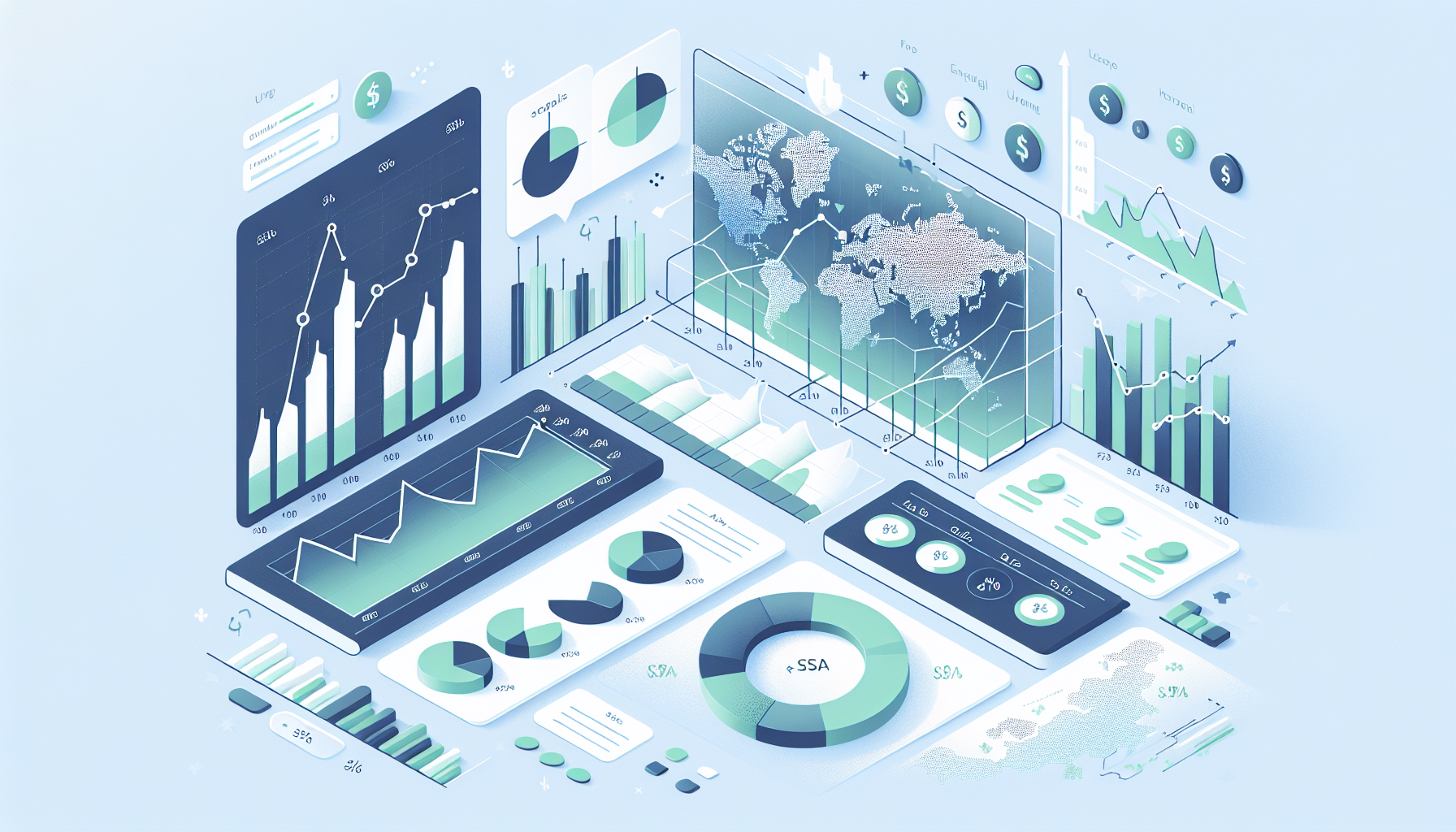Market Overview
The market for ESG bonds and Green Bonds has experienced remarkable expansion in recent years. The demand for sustainable investments is steadily growing, leading to the creation of a dynamic market. Currently, ESG strategies are particularly popular among institutional investors and family offices, who increasingly value responsible investments not only to achieve returns but also to promote positive social and environmental impacts. However, the challenge lies in balancing the fulfillment of sustainability criteria with achieving adequate returns.
Interest Rate Analysis
Current data shows that the US yield curve has a normal structure with a 10-year interest rate of 4% and a 2-year interest rate of 3.46%, indicating healthy economic growth expectations. In the context of ESG bonds, the so-called 'Greenium' is often discussed, which is reflected in a negative spread between ESG and non-ESG bonds. This could suggest that investors are willing to forgo part of their yield to invest in sustainable bonds. The current ECB deposit rate of 2% increases the pressure on European bond investors to pay attention to sustainability when selecting their investments.
US Treasury Yield Curve
29.10.2025
The interest rate structure plays a crucial role in the yield for bond investors. The difference between the yields of conventional and ESG-compliant bonds could force investors to reassess their portfolios to find a balance between yield and sustainability.
Risk Indicators
Market volatility, measured by the MOVE Index with a current value of 72, indicates a stable market environment, but with potential risks. In particular, the interest rate differentials between the US and Europe, currently at 2%, could lead to an increased flight to high-quality ESG bonds. Investors should be aware that an inverted yield curve may signal potential recession risks, which could increase default risks for bonds. These factors are particularly relevant for investors looking to invest in ESG bonds, as they may take on higher risks associated with meeting sustainability criteria.
Investment Strategies
For conservative investors interested in ESG bonds, a duration management strategy is recommended to minimize interest rate risks. More risk-tolerant investors might consider investing in ESG bond ETFs that outperform conventional bonds by specifically targeting companies that meet stringent sustainability criteria. However, it is important to regularly monitor the performance of ESG bonds compared to conventional bonds to ensure that yields meet expectations.
Outlook
Given the current market developments and the ongoing demand for sustainable investments, ESG bonds are expected to continue gaining importance. However, investors should remain vigilant and carefully weigh the potential trade-offs between yield and sustainability. A well-thought-out investment strategy that considers both ESG criteria and market conditions will be crucial for success in this rapidly evolving market.



